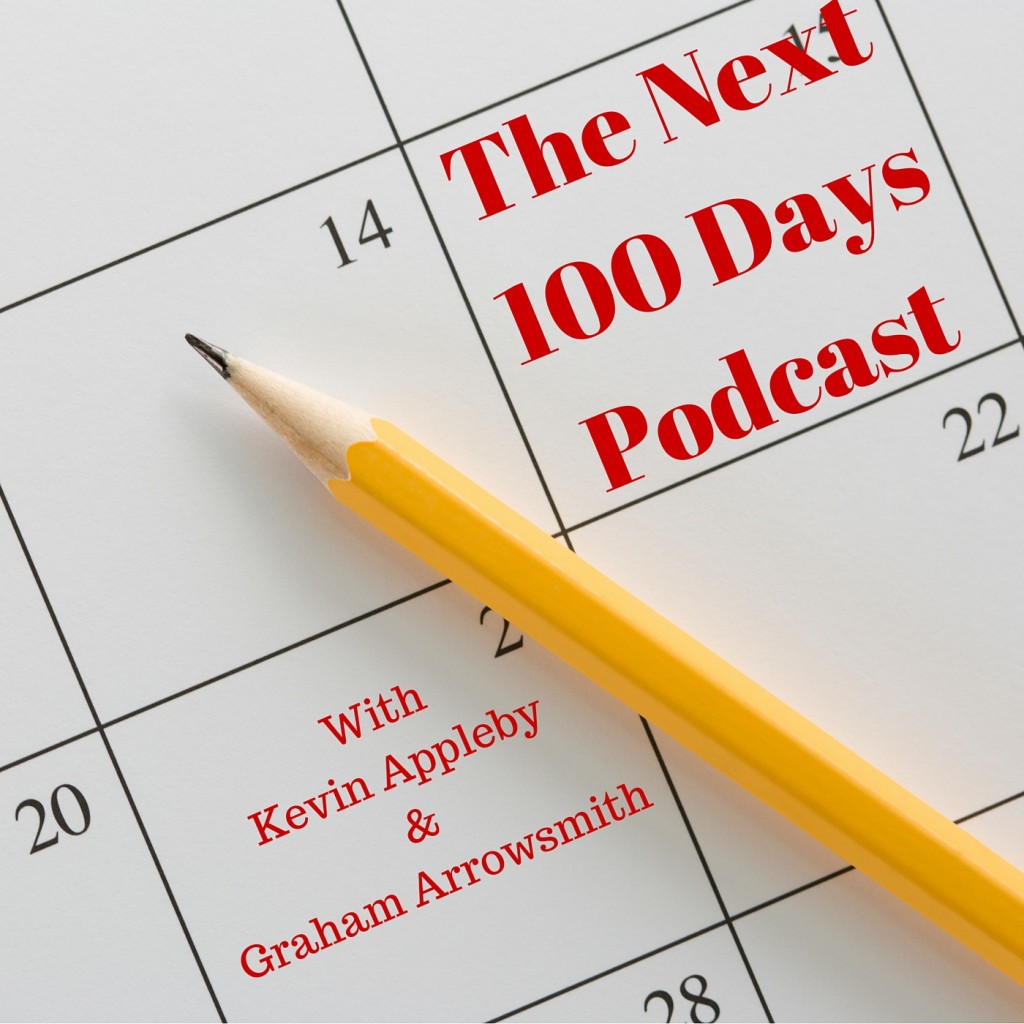Pricing Offers for Profit with Sylvia Inks
Today, we’re discussing pricing offers for profit. We have finance expert Sylvia Inks to tell us all about it. Sylvia has a gift for listeners here – listen to the podcast or read the show notes in full to get more details.

Where did you get these finance skills from?
Sylvia has a business school background from the University of North Carolina. Also, she had experience in one the world’s largest consulting firms to help business companies help achieve their finance goals.
Kevin used to do a similar thing for PWC!
What about advising small businesses?
It is the same principles. A lot fo small businesses have got expertise and knowledge and product. Really, it’s not the best product that wins the day. It’s the businesses that know how to achieve profitability – how to price things well, how to cut cost, how to make sales.
You can have the best service but if you don’t know how to sell and get people on the phone, you’re not going to be successful.
Kevin says if you work in the online space, a lot of people will expect to get a lot for free. By and large, there’s an 80/20 rule: 20% of your audience will put their hands up and pay for your product. But then that 20% can be split up again. 20% of that 20% buys just about anything you offer at whatever price you offer it at.
Sylvia’s templates
One of Sylvia’s testimonials says this:
“Working with Sylvia using the cost of good sold (COGS) templates has been eye-opening and caused immediate changes in my pricing structure.”
As a result, we asked for a sneak-peek into what her templates are!
Sylvia’s templates ask for a step-by-step break down of what someone does when they get a customer through the door. A story board process. What did you just do? Was an employee involved? What did you do after that?
It’s all about Sylvia using her consultancy skills to pull data out of people. That’s a high-touch activity. Why? Because if the template is given, people don’t think about it. It’s more helpful when Sylvia gets on an interview with them because she teases out more of the information.
High-tier costing
Big companies tend to over cost the simple and under cost the complex. It’s very easy to overestimate the simple and underestimate the complex but it’s something to be wary of.
Sylvia stresses really understanding your market place. Get involved in email marketing and provide free value rather than discount value.
Some clients really worry about discounts to attract customers but it needs to be more valuable so it’s a no-brainer for people to buy your product.
Finances are a mystic art to a lot of businesses…
…So how does it feel when you come along to help?
It’s nerve wracking for them. A lot of them will admit that finances weren’t talked about at home. That has become a factor of their business. Therefore, they often think working harder brings in more money, but when they look at the numbers they put 100k in the bank but can’t pay themselves. Why is that? Sylvia helps show the why and the ways to avoid this happening again.
Do you measure the input that you have?
Sylvia has systems to help measure change and improvement. One of them is how many business bank accounts do her clients use to manage their finances. You need multiple bank accounts to manage in and out money flow, as well as emergency funds.
The second checkpoint is creating emergency funds for your business, because a lot of people tap into personal funds when their businesses are in trouble.
When all this is put in place there’s a big sense of relief.
Sylvia recommends 4 accounts:
- Operating expense (money coming in and out).
- Taxes – that way you don’t accidentally spend it!
- Emergency fund – 1-3 month savings depending on your risk tolerances or where you are at with your business.
- Long-term savings – annual bills like tax and legal bills (for example).
How do your relationships develop from managing finances?
Sylvia has actually found some relationships seep into business coaching, because she helps some clients find hidden opportunities. These are long-term clients.
How many lines of business do most businesses have?
Sylvia finds many businesses have one line, two at most. She recommends business owners strive for at least five. There are passive income streams that take a little bit of time up front but then require minimum effort afterward. For example, a book!
The easiest way all small businesses can make themselves more profitable is this:
- Affiliate marketing: what products or services are already out there that you are either using or you’re telling your customers to use that already have an affiliate programme you could sing up for and make money from?
- You can also get stuck in with email marketing, emailing your list at least once a week to stay top of mind.
Sylvia’s gift
It’s a free e-course where she will tell you the 5 unconventional ways to make money in your business. Click the link here.
If you want to know more about Graham Arrowsmith, follow to his site here.
If you want to get in touch with Kevin Appleby and find out what he’s up to, click this link.




